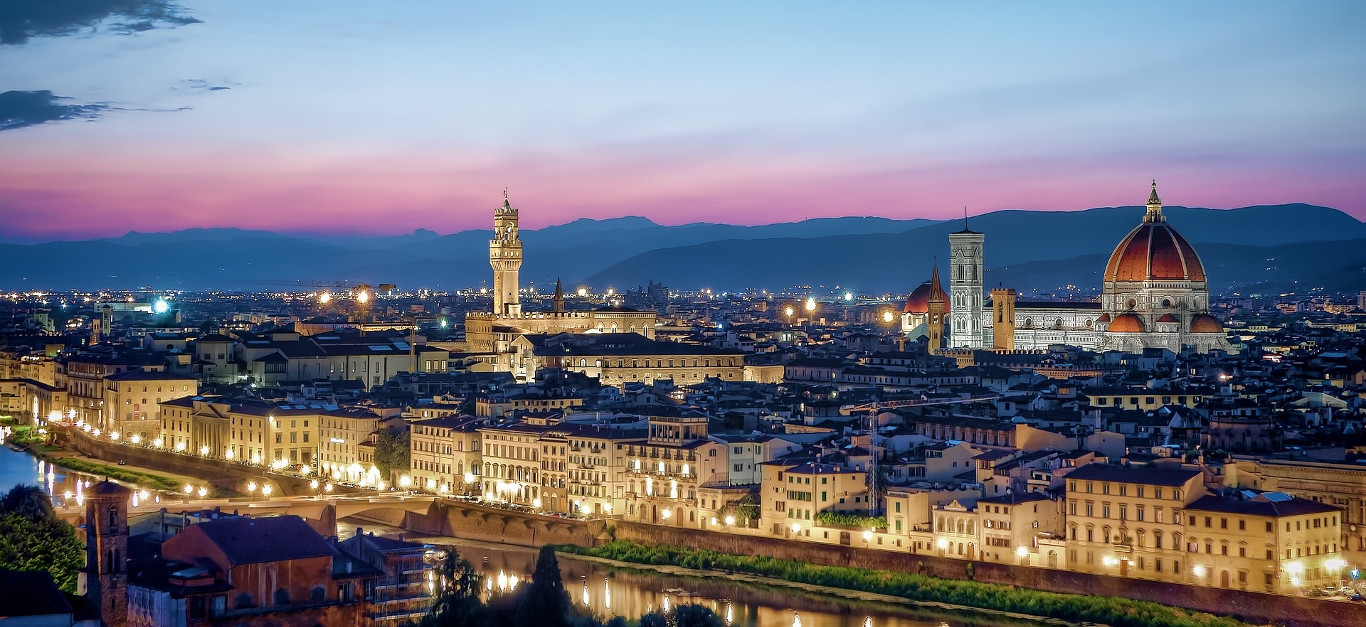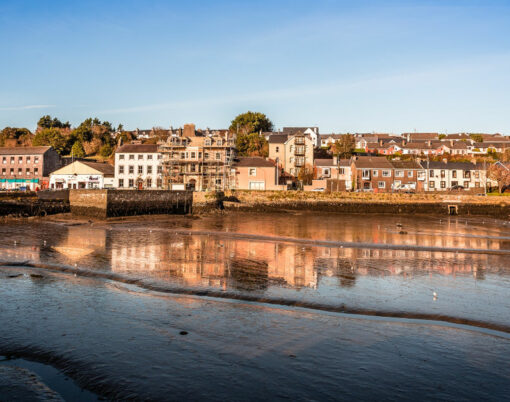Italy’s architecture spans more than 3,000 years with styles from Etruscan to Gothic and Baroque, which can be seen in steeples and of course famous structures such as the Trevi Fountain and Tower of Pisa. In ancient times, the Romans borrowed ideas from the Greek, and today, Americans are heavily influenced by the Italian renaissance of architecture. Why wouldn’t they be? Italian architecture is as stunning as it is impressive.
Every year, millions of tourists flock to Venice, Florence, Rome and Milan to catch a glimpse of the ingenuity. While there are hundreds to see, we’ve highlighted six architectural marvels you won’t want to miss on your next trip to Italy.
The Duomo, Florence
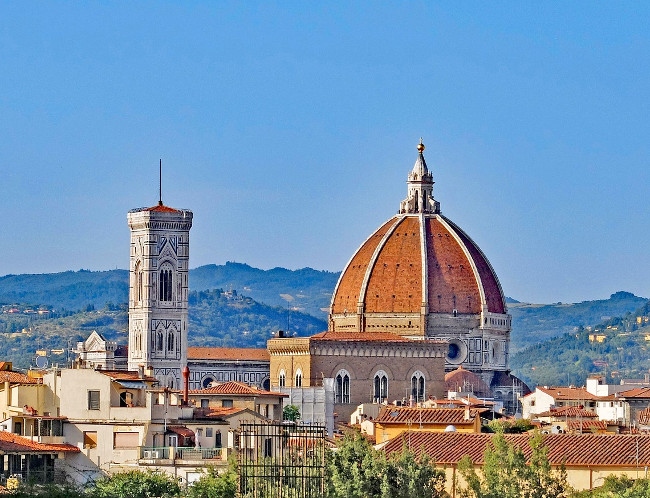
The first on our list is The Duomo in Florence, also called the Cathedral of Saint Mary of the Flower. This marvel is part of the UNESCO World Heritage Site that covers the center of Florence and is the main church of the Roman Catholic Archdiocese of Florence. The impressive structure, which took nearly two centuries to complete, is one of Italy’s largest churches and holds the title of the largest masonry dome in the world.
Visitors are often in awe when they see the white marble exterior with pink and green touches and are blown away by the intricate mosaic patterns inside. What’s more impressive is The Duomo was one of the first structures to be built using hoisting machines and lewissons to lift large stones. The best way to appreciate it is to climb it. There are 463 steps, mostly in the narrow corridors that were used by the construction workers. It is also the best way to get up and close to The Last Judgement.
San Petronio Basilica, Bologna
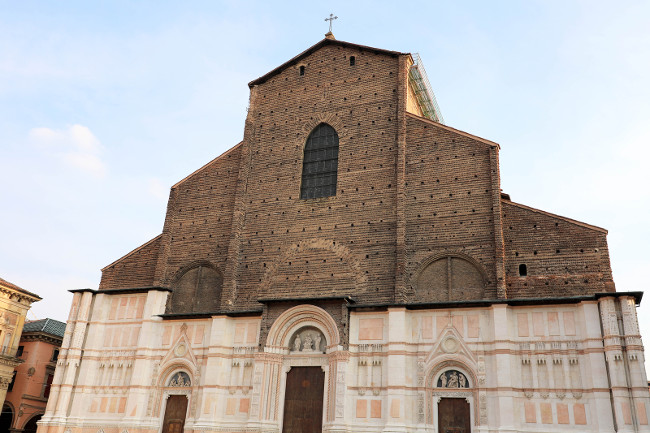
This remarkable structure that is dedicated to Saint Petronius, the patrons Saint of Bologna is located in scenic Northern Italy. Despite the centuries of work done on the building, the front facade remains unfinished. The two-toned appearance of the building sports a marble base with sculptured work from Jacopo della Quercia, Amico Aspertini and Alfonso Lombardi and a brick top. It is said, they ran out of money, and that’s why only half is marble.
On the inside, visitors will find the longest Meridian line in the world and three naves, which include 22 side chapels. The building comes in at 132 meters long, 66 meters wide and 47 meters tall, which makes it the most imposing church in the city. Be on the lookout for the original depictions of Heaven and Hell, painted by Giovanni da Modena and inspired by Dante’s Divine Comedy and housed in of the chapels.
Duomo di Milano, Milan
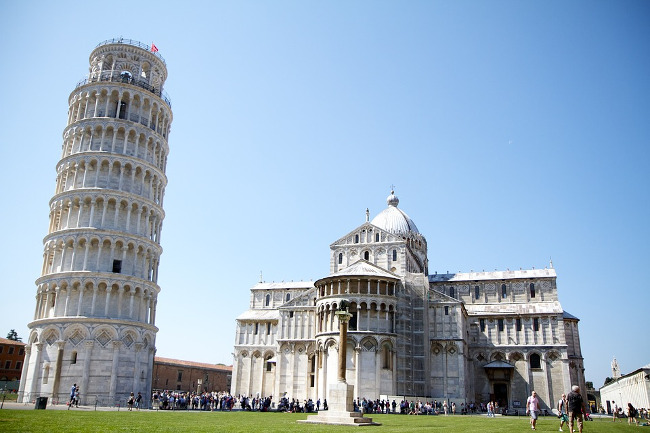
The Duomo di Milano or more commonly put, the Milan cathedral is the largest church in Italy, the third-largest church in Europe, and the fifth-largest church in the world. After taking nearly six centuries to complete, this masterpiece is located in Milan and was built to replace an older cathedral and basilica that perished in a fire. During its construction, nearly 70 artists, architects, and engineers contributed to the structure’s overall design. The building was initially intended to be built with brick, but was later decided to panel the brick structure with marble from the Candoglia quarry.
The final structure was completed using the latest instruments and techniques to lift stones to heights not yet achieved at that time, making it a true innovation. The interior is decorated with nearly 60 statues of saints, prophets, and other biblical figures that is a must see. In addition, above the apse is a spot marked with a red bulb. This marks the spot where one of the nails of Jesus’ crucifixion was allegedly placed. You don’t want to miss that.
The Colosseum, Rome
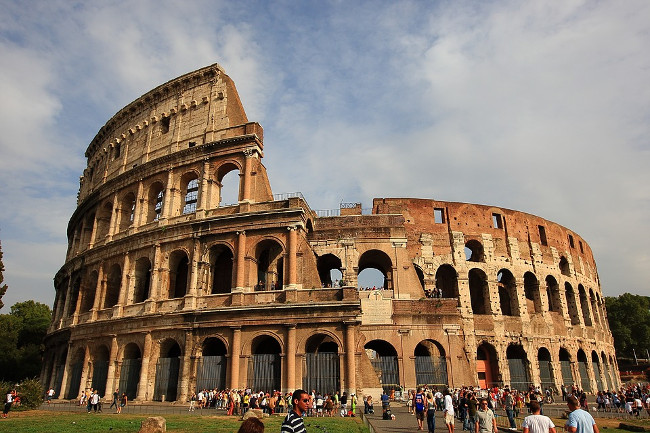
The Colosseum is one of the most famous architectural marvels, which was built in 70-80 AD and is now considered one of the new 7 Wonders Of The World. It was the largest amphitheater at the time of its glory days and held 50,000 to 80,000 spectators. Unlike other amphitheaters, Rome’s Colosseum is an entirely free-standing structure that is elliptical in shape and made of travertine stone, all of which were set with iron clamps rather than mortar.
Over the years, the Colosseum was used for mock sea battles, executions, reenactments of famous battles, dramas and of course, gladiator battles. It has also been used for housing, as a fortress, a quarry and many other uses. When visiting, you will notice imperfections – or ruins – which is the result of earthquakes, stone-robbers and thieves. Regardless, this historic piece of architecture should be on everyone’s bucket list. For an in-depth visit, we suggest taking a guided tour, which includes access to the dungeons and upper tiers – not open to the public with regular tickets.
The Cathedral of St. Agatha, Catania
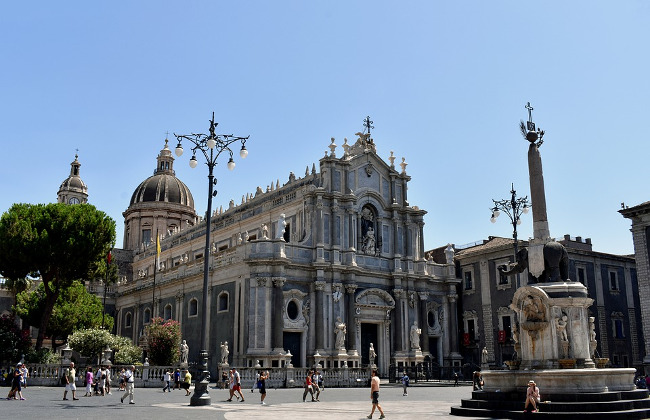
This Roman Catholic cathedral, located in Southern Italy, has been rebuilt many times due to damage from earthquakes, fires, and volcanic eruptions from Mount Etna. It’s the third-largest cathedral in Italy and sports a Baroque style with three levels of Corinthian columns sculpted from granite. You will also find numerous artful and vivacious Carrara marble statues made of pure white marble and bronze statues of saints and parts of the original 12th century structure in the apse.
The cathedral is also home to the tombs of King Frederick III, King Louis, John of Randazzo, and Constance of Aragon. Meanwhile Saint Agatha, whom the cathedral honors, is remembered with sculpted plaques on the wooden doors of the entrance that depict both her life and her martyrdom. For anyone who is interested in history, this Cathedral is one to see.
The Leaning Tower of Pisa, Pisa
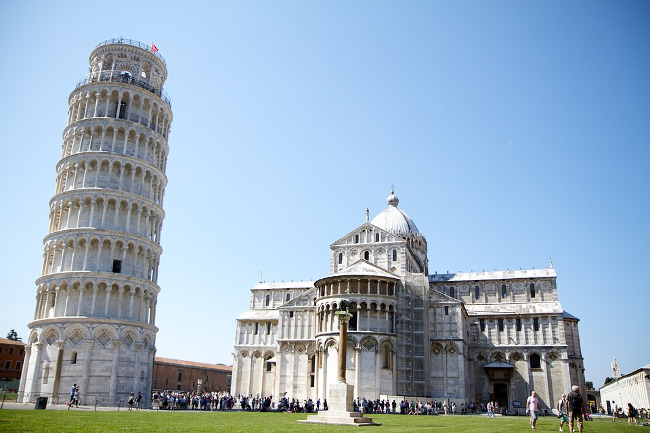
Last, but not least, is the Leaning Tower of Pisa. As the third oldest in Pisa’s Cathedral Square, the tower served as a bell tower and is renowned for its 4o lean. Overall, the structure extends nearly 184 feet from the ground (on the low side) and nearly 186 feet from the ground (on the high side). It’s nearly 8 ft. wide at the base, and weighs a whopping 16,000 tons, according to Lyhpa.com.
As you would imagine, the enormous weight of the structure was no match for the soft ground it was built upon giving the building a weak foundation and its notorious lean. The tower which took 199 years to build has seven floors and is made of white marble and makes for a great photo opportunity for anyone visiting Pisa. You can also climb the 297 step spiral staircase for great views of the city and surrounding countryside. Don’t worry, it’s completely safe. After the heavy bells were removed, the structure was anchored into the ground and it’s not going anywhere.












